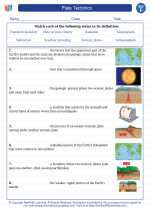Solar Energy
Solar energy is the radiant energy emitted by the sun. It is a renewable and sustainable source of power that can be harnessed and used to generate electricity and heat. Understanding solar energy involves learning about the ways in which it is captured and converted into usable forms of energy.
Solar Energy Basics
The sun emits energy in the form of electromagnetic radiation, which includes visible light, infrared radiation, and ultraviolet radiation. This energy can be captured and converted into electricity and heat using various technologies such as solar panels, solar thermal systems, and concentrated solar power systems.
Solar Power Generation
Solar power can be generated through the use of photovoltaic (PV) cells, which are typically made from silicon and other materials that can convert sunlight into electricity. When sunlight strikes the PV cells, it excites electrons in the material, creating an electric current. This electricity can then be used to power homes, businesses, and other applications.
Study Guide
- What is solar energy? Discuss its characteristics and benefits.
- Explain the process of solar power generation using photovoltaic cells.
- Describe the different technologies used to capture and convert solar energy.
- Discuss the environmental impact of solar energy compared to fossil fuels.
- Research and present a case study of a solar power installation in a specific location.
These study guide questions cover the fundamental concepts of solar energy and its applications. Understanding the principles of solar power generation and its environmental impact is crucial for appreciating the importance of renewable energy sources in today's world.
[Solar] Related Worksheets and Study Guides:
.◂Science Worksheets and Study Guides Sixth Grade. Plate Tectonics

 Worksheet/Answer key
Worksheet/Answer key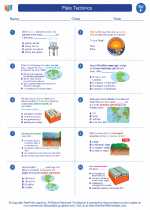
 Worksheet/Answer key
Worksheet/Answer key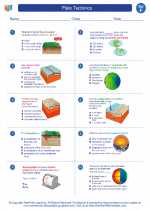
 Vocabulary/Answer key
Vocabulary/Answer key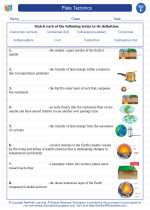
 Vocabulary/Answer key
Vocabulary/Answer key
 Vocabulary/Answer key
Vocabulary/Answer key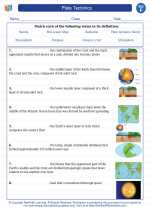
 Vocabulary/Answer key
Vocabulary/Answer key